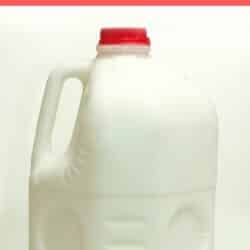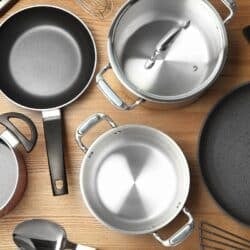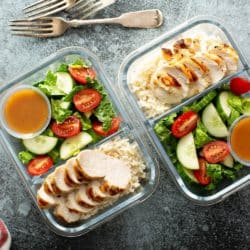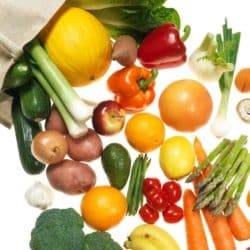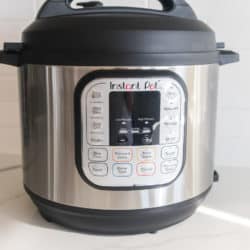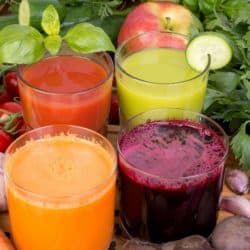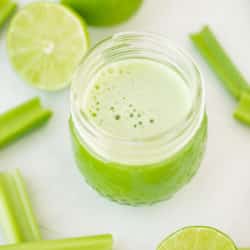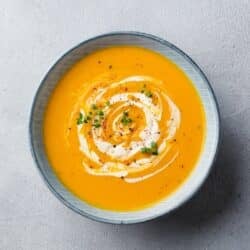How Many Ounces in a Gallon?
There are 128 ounces in a gallon. Learn more about measuring liquids using ounces and gallons in this article, plus information on converting liquid and dry ounce measurements when cooking.
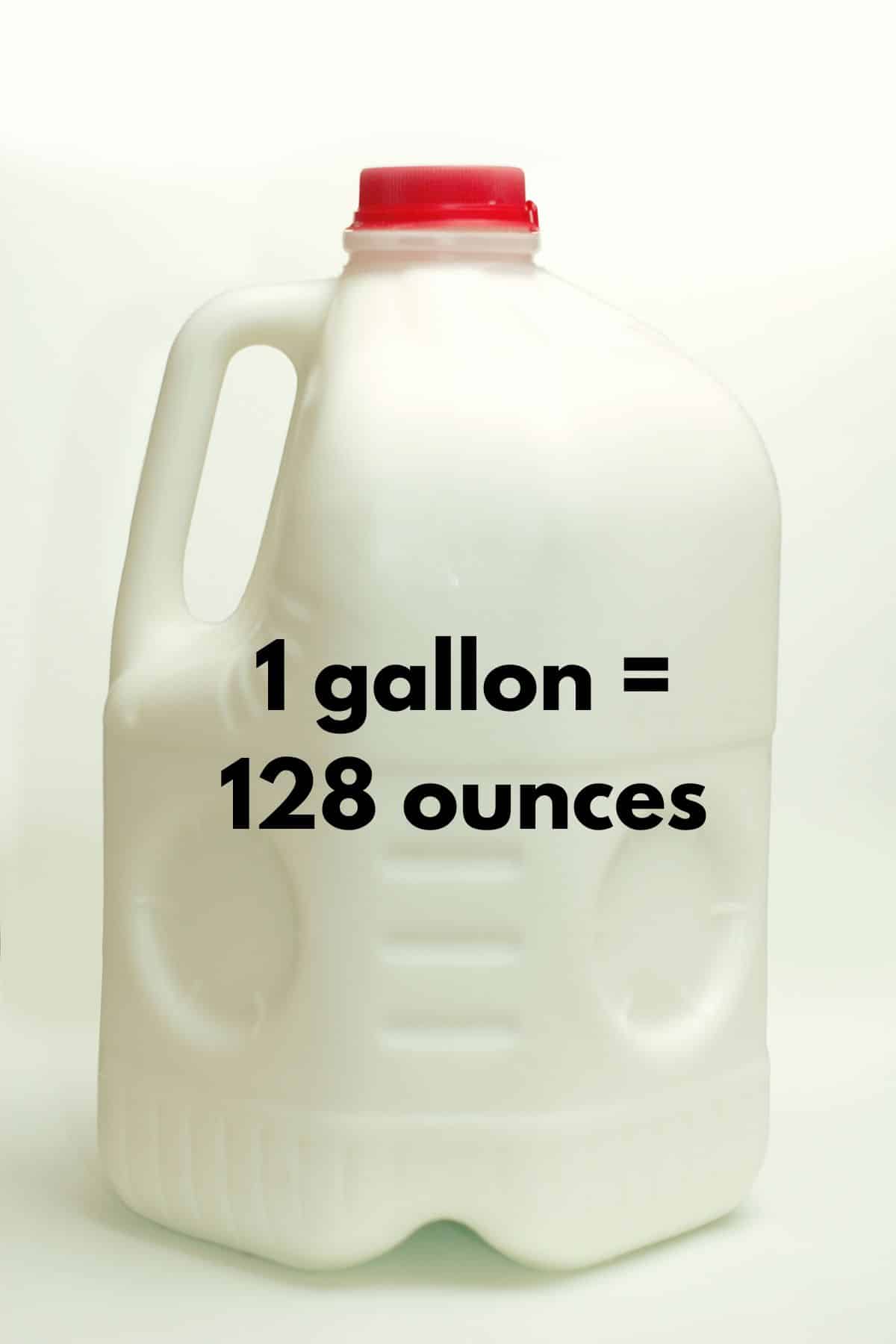
Measuring Liquids
The Imperial measurement system, which uses gallons and ounces, has its origins in the systems of the British and United Kingdom. Over time, this UK imperial system of units of measurements was adopted and modified by various countries, including the United States (known as the US customary system).
The U.S. customary system, which is a derivative of the British imperial system, is where we get our definition of the U.S. liquid gallon being equivalent to 128 ounces.
Gallon Measurements
It’s worth noting that not all gallons are the same:
- US gallon of liquid: This is the most commonly referred to gallon in the U.S. and is used for most liquids. It equals 128 U.S. fluid ounces. Multiply 128 by the number of gallons to get the total number of fluid ounces in more than one gallon.
- U.S. dry gallon: Less commonly used, this gallon is used to measure some dry commodities and not liquid measurements. It is not as popularly recognized as the liquid gallon and isn’t simply convertible by fluid ounces in the same way the liquid gallon is.
- Imperial (UK) gallon: Used in the UK and some other countries, the imperial gallon is equivalent to 160 imperial fluid ounces, making it larger than the U.S. liquid gallon.
Metric System Gallons
While the U.S. primarily uses its customary system for many day-to-day activities, most of the world uses the metric system, which is based on units of 10 as a conversion factor or unit of measurement.
In the metric system, volume is typically measured in liters and milliliters, rather than gallons and ounces. It’s an entirely different system, but conversions between the two are commonly needed, especially in international commerce, science, and travel. In some industries, you’ll find a volume unit measured in cubic inches, for example.
Using Ounces in Cooking
Using ounces in cooking, especially in the United States, is a common practice.
Ounces can refer to both volume (fluid ounces) and weight (avoirdupois ounces), and understanding the difference is essential when following recipes. Ounces are a unit of volume and grams or pounds are often a unit of weight.
1. Fluid Ounces (Volume): Fluid ounces measure volume.
In U.S. measurements:
- 1 U.S. fluid ounce = 1/128 of a U.S. gallon = 1/16 of a U.S. pint
This simple formula and gallon conversion can help when you want to know the number of ounces in a half gallon or US fluid gallon. One US liquid gallon is a measure of volume often used for water bottles or milk.
When a recipe refers to ounces in a liquid context (like milk, broth, or olive oil), it usually means fluid ounces.
Liquid measuring cups, often transparent with a spout, are used to measure fluid ounces. These cups often provide measurements in both the U.S. customary system (cups, ounces) and the metric system (milliliters).
2. Avoirdupois Ounces (Weight): When ounces measure weight, they’re referring to avoirdupois ounces.
In U.S. measurements:
- 1 avoirdupois ounce = 1/16 of a pound
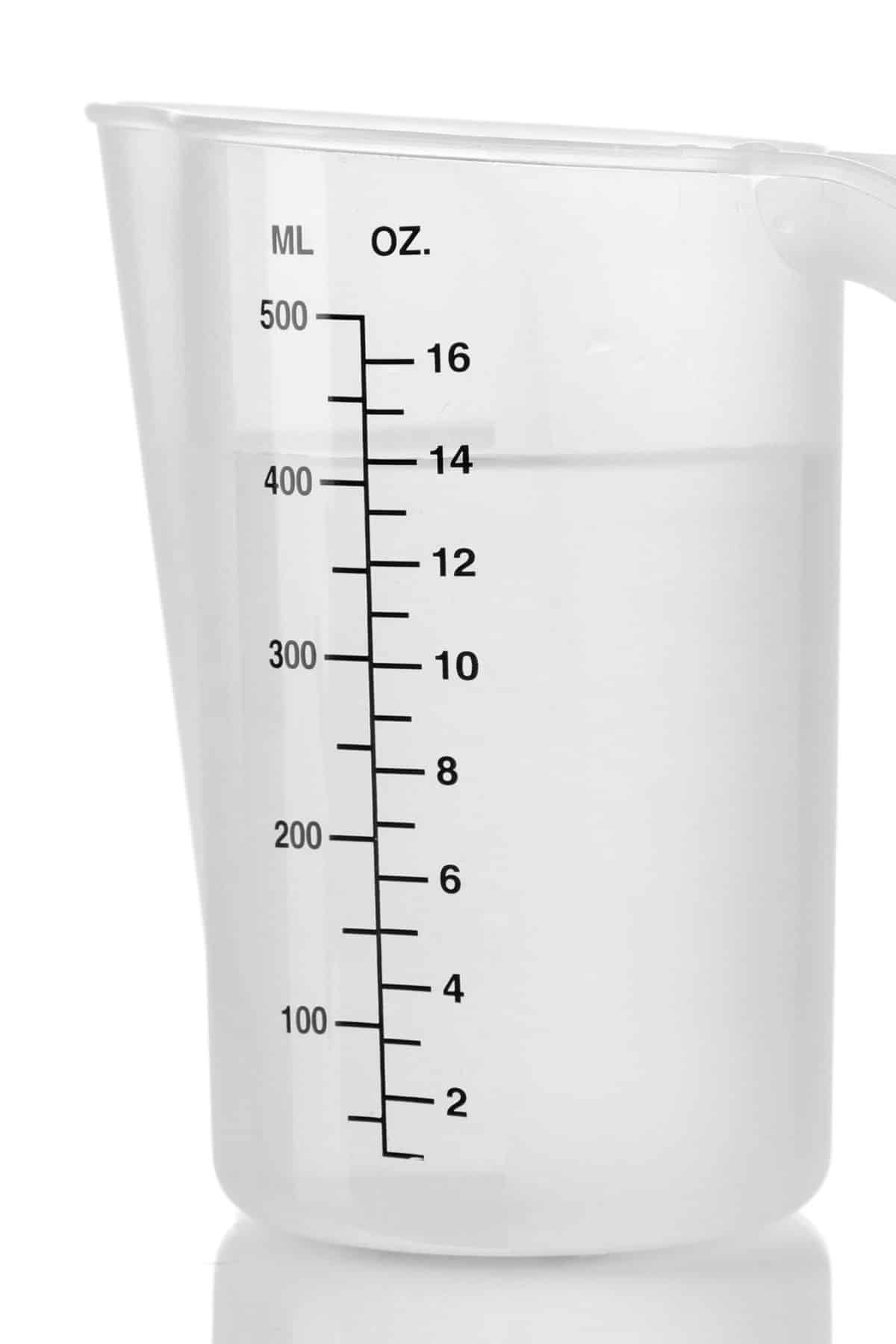
Tips for Converting Liquid Ounces to Dry Ounces
- Always check if the recipe refers to fluid ounces or avoirdupois ounces. The context usually provides a clue. For instance, if it’s a liquid ingredient, it’s likely fluid ounces. If it’s a dry ingredient or meat, it’s typically avoirdupois ounces.
- If you’re converting a recipe from another country, be aware that an imperial fluid ounce (used in the UK and other countries) is not the same as a U.S. fluid ounce.
- For most purposes, you can assume that a US gallon is equivalent to 132 US fluid ounces (fl oz).
- It’s also worth noting that dry ingredients, when packed, can vary in weight. For instance, a cup of loosely packed brown sugar weighs less than a cup of firmly packed brown sugar.
Summary
In conclusion, when using ounces in cooking, it’s essential to understand the difference between volume and weight and to measure accurately for the best results. Investing in a good set of measuring tools, including liquid measuring cups and a kitchen scale, can be invaluable for those who cook regularly.
You can also be certain that a gallon of water (or other liquid) based on the US system is equivalent to 32 ounces of water.
More Cooking Basics
Don’t forget to join my newsletter list to get exclusive clean eating recipes and tips. The newsletter is 100% free with no spam; unsubscribe anytime.
About the Author: Carrie Forrest has a master’s degree in public health with a specialty in nutrition. She is a top wellness and food blogger with over 5 million annual visitors to her site. Carrie has an incredible story of recovery from chronic illness and is passionate about helping other women transform their health. Send Carrie a message through her contact form.


